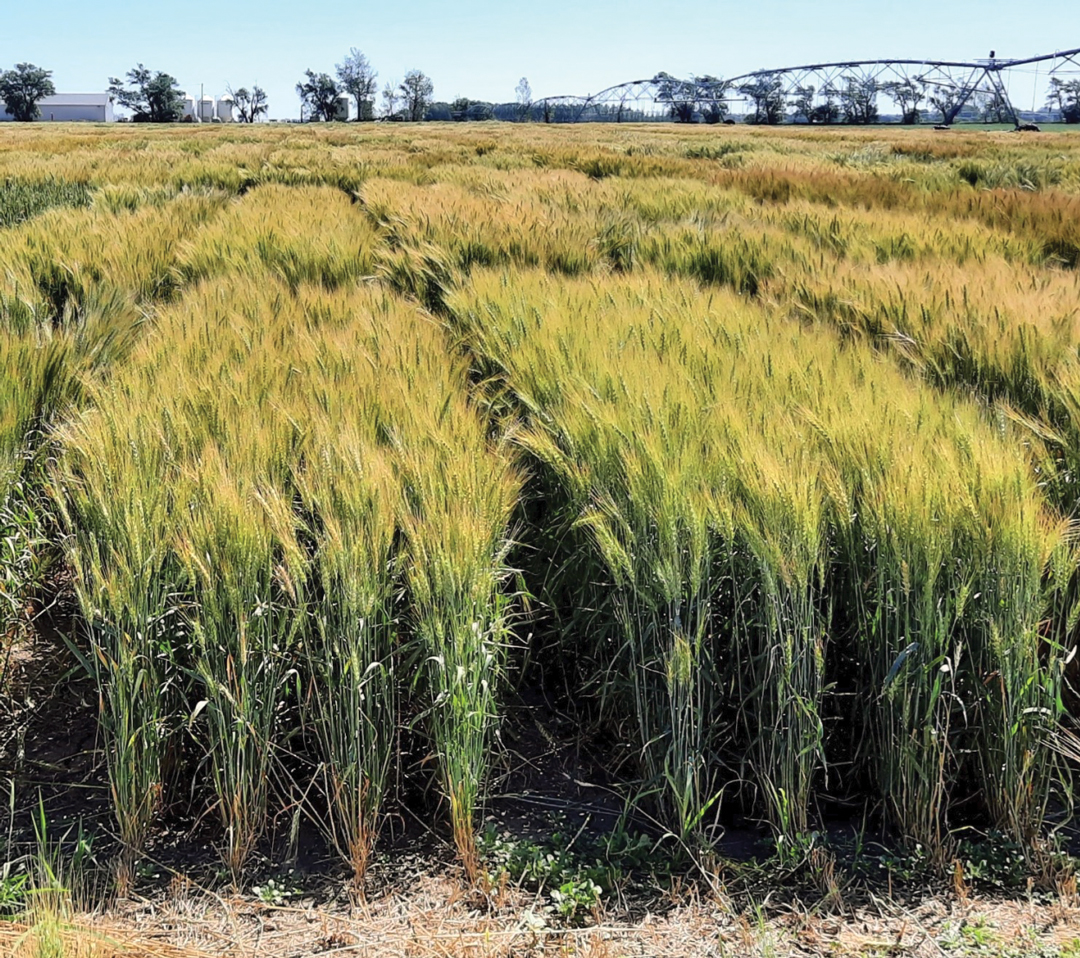Brewing for a Showdown
HIGH-YIELDING MEREDITH TAKES ON OLD STANDARD METCALFE
The Canadian Malting Barley Technical Centre (CMBTC) released its Recommended Malting Barley Varieties list for 2014/15, a report it has published for the last 12 years.
The report’s purpose is simple: “[We] advise farmers on what the industry—including both domestic and international maltsters and brewers—is looking for,” said Rob McCaig, managing director and director of brewing for the CMBTC.
Testing has evolved into a more collaborative effort since the end of the single desk, and “all varieties on the list, including those still undergoing market development, have passed rigorous preregistration co-operative and collaborative tests,” explained Michael Brophy, president and CEO of the Brewing and Malting Barley Research Institute (BMBRI), which performs the collaborative tests. “Making the list confirms that there is commercial demand for these registered varieties.”
“AC Metcalfe is still the king, but others are gunning for the crown.”– Rob McCaig
The report covered two-row and six-row barley, with two-row accounting for 95 per cent of the malting barley sold.
“The two-row section is actually two lists,” said McCaig. “The first one contains four varieties that represent 80 to 85 per cent of the anticipated selections for the year.”
Those four are AC Metcalfe, CDC Copeland, CDC Meredith and CDC PolarStar.
“AC Metcalfe is still the king,” said McCaig, “but others are gunning for the crown. In terms of agronomics, yield, disease resistance and acceptance by the industry, CDC Meredith is the one to watch. While it has yet to be picked up by the export market, and the domestic market is just discovering it, it had a yield of 116 per cent over Metcalfe, which is significant.”
Also in the top four, CDC Copeland is 10 years old and is still widely accepted by domestic and international markets. PolarStar is grown on contract for Sapporo Breweries.
The second list comprises five varieties accounting for 15 to 20 per cent of the anticipated selections.
“These would be the ‘kings-in-waiting,’” said McCaig. “We expect several of them could become dominant varieties in six or seven years.”
These five varieties are Newdale, Major, Bentley (developed at the Lacombe Field Crop Development Centre), Merit 57 and CDC Kindersley.
According to McCaig, “Major, Kindersley and Bentley could graduate to the first list down the road. Newdale can be a high selection in years with a poor overall barley crop, but in good crop years like this one it won’t be chosen as frequently. The other varieties are preferred over Newdale, but because of the higher yielding potential of Newdale, the opportunity to get selectable barley in poor crop years is magnified.”
McCaig said that Newdale is “at its peak now” and won’t move to the top of the list in the foreseeable future.
As for Major, “it has an excellent combination of agronomic traits and disease resistance with malting quality similar to AC Metcalfe,” said Yueshu Li, PhD, director of marketing technology for the CMBTC.
Among six-row varieties, Legacy, Tradition and Celebration were the top three.
“Six-row continues to be dominated by those varieties required by Anheuser-Busch InBev, the leading global brewer, managing over 200 beer brands,” said McCaig. “But that demand is steadily declining.
“They do best in black soil,” added McCaig. “In Alberta we have prime conditions for malting variety selection in the Palliser Triangle, running from Lethbridge along the eastern edge of the foothills and extending north to just east of Edmonton.”
Most years, the industry identifies the most desirable varieties, and farmers proceed to grow them.
“Not so this year,” said mccaig. “interestingly, many farmers put in meredith instead of metcalfe because of yielding potential. that’s why meredith is where it is in the report. there’s a lot of good-quality meredith out there and, agronomically, it’s fantastic for farmers.”







Comments